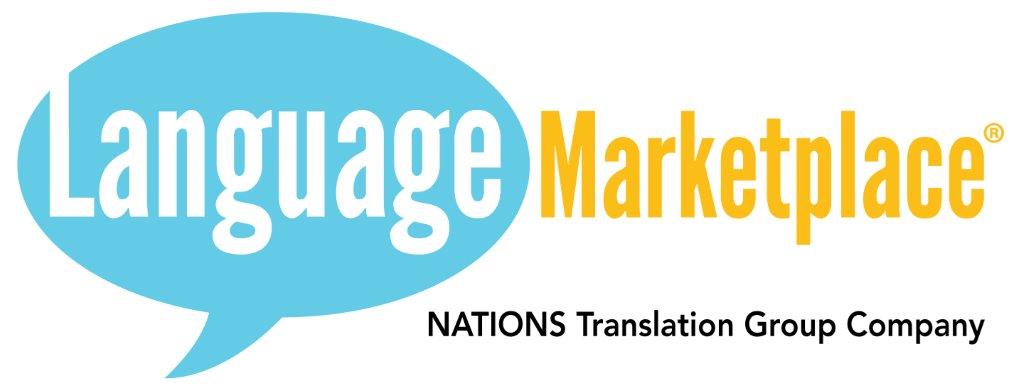EN 15038 is a quality standard developed especially for translation services providers to ensure the consistent quality of their services. It was published in 2006 by CEN, the European Committee for Standardization. This standard is gaining acceptance worldwide and the European Union has begun using it as a benchmark.
The standard encompasses the core translation process and all other aspects involved in providing the service, including quality assurance and traceability. The standard offers a description and definition of the entire translation service, providing a coherent system of required processes that meet market needs.
The EN 15038 standard also aims to unify the terminology used in the translation field, define basic minimum requirements for quality translation language services, and create a framework for the interaction between customers and service providers in terms of their rights and obligations.
Compliance with this standard involves a systematic approach to service provisions (as with ISO 9001), with continuous improvement mechanisms. It requires regular audits by a certification body. There are also provisions specific to translation such as the choice and testing of translators and the combination of services that ensure a quality translation.
As an example, a translation conforming to EN15038 is performed by two independent translators. One performs the initial translation while another revises the text, comparing source and target languages for meaning, style, grammar and other aspects. However good a single translator may be, once an error has crept in it may be impossible for the same person to see it – a second pair of eyes exposes mistakes. This also allows a finer treatment of the many different ways in which a single text can be translated. Translator and reviser can discuss the possibilities and agree on the optimal solution for the text in question depending on the client and the intended reading audience.
